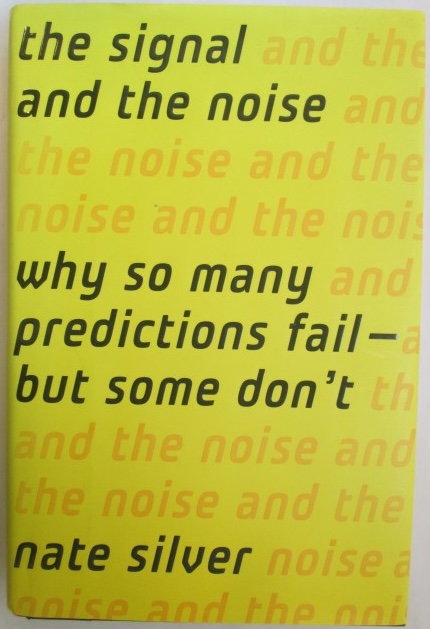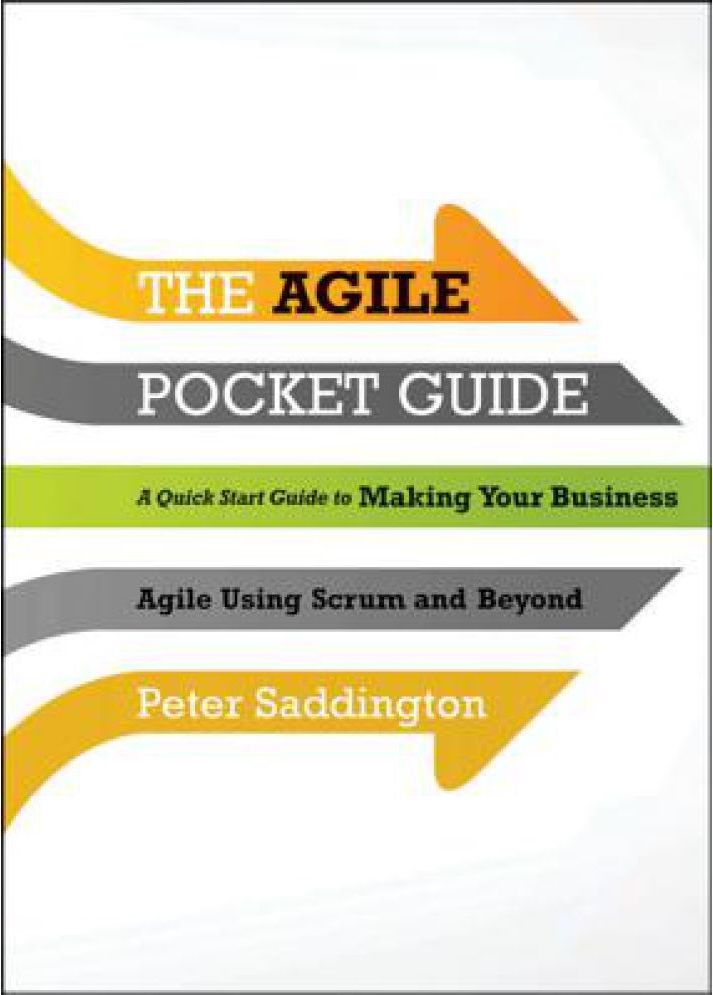ClearPurpose 2023 Wrap-up
So far this year I’ve published 52 articles at ClearPurpose.media. These can be grouped into four categories:
- Founder to CEO
- Category Making
- Book Reviews
- Miscellaneous Observations
Let me cover each of these topics separately:
Founder to CEO
In 2022 I began a series on the transition from startup founder to CEO of a growing enterprise. I wrapped up this series at the beginning of the year with four final articles:
Cash Matters! (2023–01–23)
Where Does Cash Come From? (2023–01–31)
Founder to CEO: Chief Cash Officer (2023–02–13)
Founder to CEO: A Recap (2023–02–20)
Category Making
The discipline of creating a new category also continued to be a major focus of mine in 2023 with 15 new articles on the topic:
Defining a New Category (2023–03–10)
Creating the Un-Carrier Category (2023–05–01)
How to Launch a New Category (2023–05–08)
Making the Case for Something Different (2023–05–15)
Your Category’s Grand Entrance (2023–05–22)
Owning Your Category (2023–05–29)
How Nvidia Created the GPU Category (2023–07–04)
When It Takes Collaboration to Create a Category (2023–09–05)
Collaborating to Create the Commercial Internet Category (2023–09–12)
A Coalition Creates the Competitive Communications Carrier Category (2023–09–28)
Non-Aggression as the Key to Establishing the Frame Relay Category (2023–10–11)
Nextel Helped Work Get Done (2023–10–24)
How Tech Giants Teamed Up to Establish 4G (2023–11–7)
How Salesforce Collaborated with Startups to Create the SaaS Category (2023–11–28)
How Tech Titans Teamed To Create the Gen-AI Category (2023–12–05)
Book Reviews
This year I wrote 29 book reviews. That included a burst of reviews written in the middle of the year revisiting classic business books I’ve read in prior years but had never reviewed. If you’re looking for your next book to read, I recommend quickly purusing this list — there’s something for almost everyone here:
Book Brief: Unleash Your Cash Flow Mojo (2023–01–10)
Book Brief: Financial Intelligence (2023–01–18)
Book Brief: Fall in Love with the Problem, Not the Solution (2023–02–08)
Book Brief: The Ecosystem Economy (2023–03–14)
Book Brief: Unwired (2023–03–28)
Book Brief: Soul Work (2023–04–03)
Book Brief: Switch (2023–04–10)
Book Brief: Unconventional Business (2023–04–24)
Book Brief: The Unconventional Leader (2023–06–05)
Book Brief: The Design of Business (2023–06–12)
Book Brief: REWIRED (2023–06–20)
Book Brief: Strategy in the Digital Age (2023–06–27)
Book Brief: Leadership Not By The Book (2023–07–11)
Book Brief: Business Model Generation (2023–07–19)
Book Brief: The Lean Startup (2023–07–25)
Book Brief: Wireless Nation (2023–07–31)
Book Brief: Madison Avenue Makeover (2023–08–07)
Book Brief: Good to Great (2023–08–15)
Book Brief: Going On Offense (2023–08–22)
Book Brief: Every Good Endeavor (2023–08–29)
Book Brief: There’s No Such Thing As Business Ethics (2023–09–19)
Book Brief: Whatever You Do (2023–10–17)
Book Brief: Playing to Win (2023–10–04)
Book Brief: Startup Nation (2023–10–31)
Book Brief: Product Roadmaps Relaunched (2023–11–14)
Book Brief: Behind the Cloud(2023–11–21)
Book Brief: The Agile Pocket Guide (2023–12–13)
Book Brief: The Signal and the Noise (2023–12–19)
Miscellaneous Observations
Surprisingly, there were only three articles this year that didn’t fit into one of the above categories:
My 10 Most Referenced Books (2023–01–02)
The Semiconductor Industry 101 (2023–03–23)
“Ready Golf” (2023–04–17)
To see a more complete representation of my writing on different topics, visit my website.
I welcome any input on topics I should cover heading into 2024!
ClearPurpose 2023 Wrap-up Read More »




